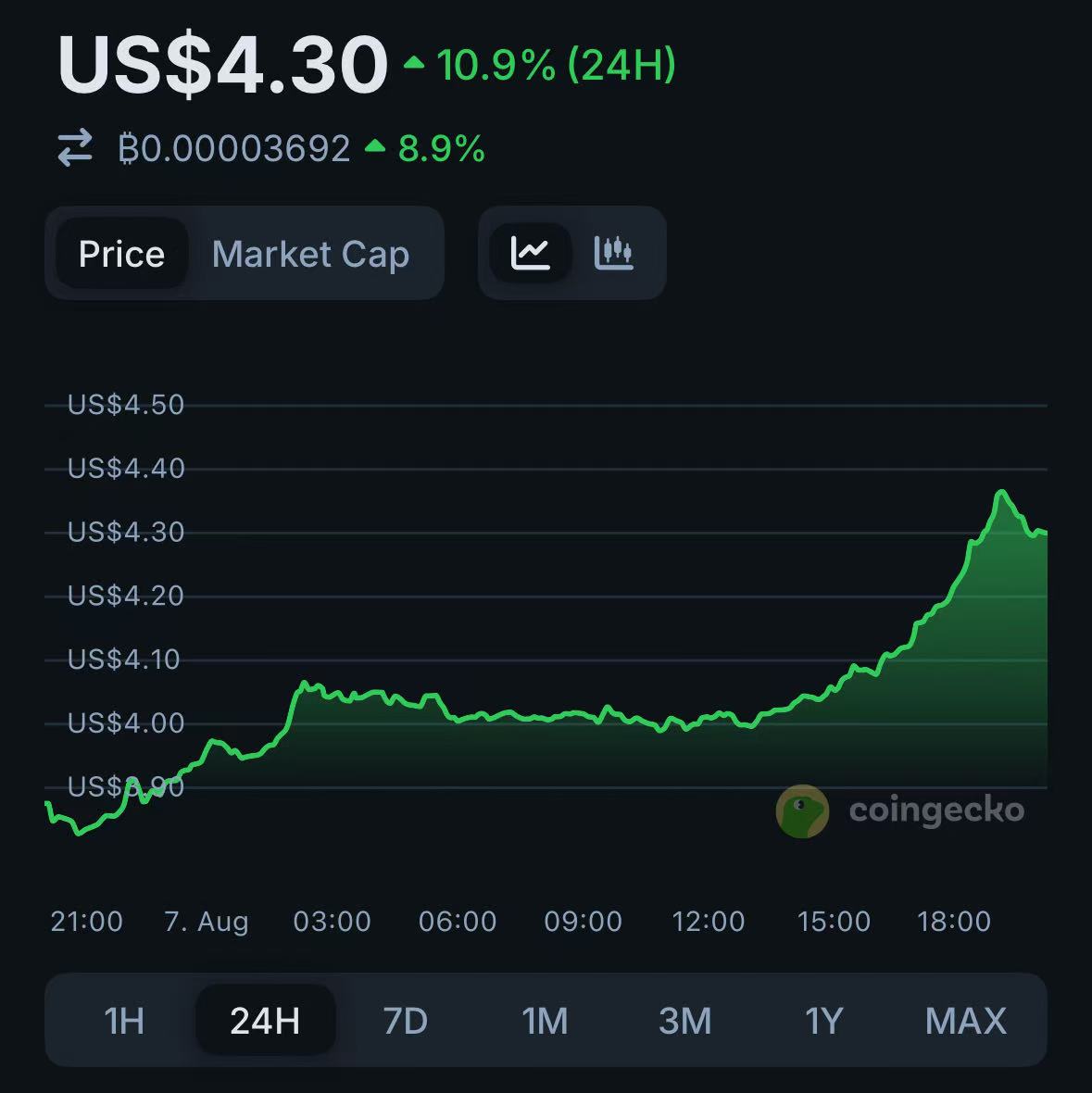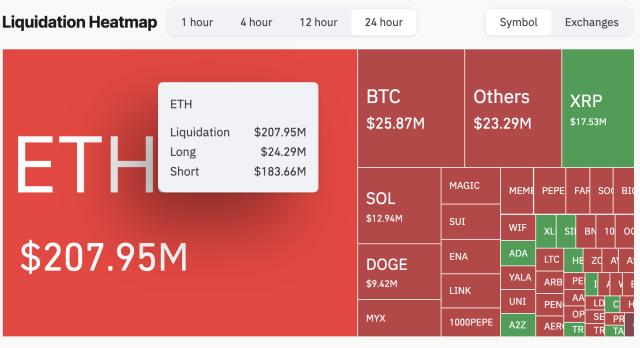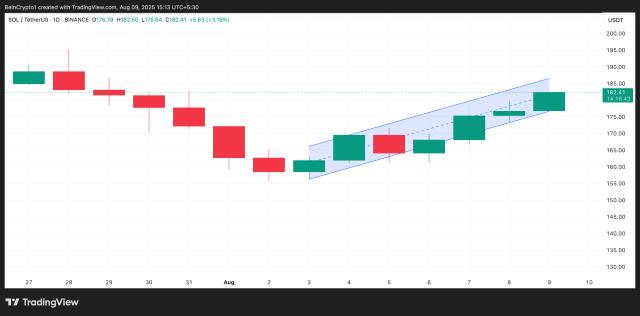The funding rate of perpetual contracts has long been covertly constituting trading costs for investors in centralized exchanges (CEX). However, the DeFi protocol Pendle Finance recently officially launched a new platform Boros on Arbitrum, tokenizing the funding rate of perpetual contracts into "Yield Units" (YUs), making the funding rate itself a tradable investment target for the first time.
What is Boros? How does its operating mechanism work?
Boros converts the funding rate of perpetual contracts into tradable Yield Units (YUs), where each YU represents the funding rate yield of a base asset (such as 1 ETH or 1 BTC) before a specific expiration date. This design is similar to Pendle V2's Yield Tokens (YT), but focuses on the funding rate of perpetual contract markets.
Currently, Boros supports trading of funding rates for BTC-USDT and ETH-USDT perpetual contract pairs on Binance, with plans to expand to more assets (such as SOL, BNB) and other exchanges in the future.
As for its operating mechanism, Boros is based on an Automated Market Maker (AMM) model, allowing users to buy and sell YUs on-chain, enabling the following operations: First, long YUs. If investors expect the funding rate to rise, buying YUs can generate returns. Second, short YUs. If the funding rate is expected to fall, YUs can be sold for speculation or hedging. Third, risk hedging. Perpetual contract traders can lock in funding rates through YUs to reduce volatility risk.
Boros platform initially sets conservative parameters, with an open interest (OI) cap of $10 million per market and a leverage limit of 1.2x, aimed at ensuring controllable early-stage risks.
Boros Vaults: Core Role in Liquidity Provision
It's worth noting that Boros Vaults are an important component of the Boros platform, similar to Pendle V2's liquidity pools, allowing users to deposit funds into liquidity pools for specific markets (such as BTC-USDT or ETH-USDT) to support YUs trading.
Users participating in Vaults, known as Liquidity Providers (LPs), can earn the following returns: First, trading fees: a share of fees from YUs buying and selling. Second, PENDLE incentives: PENDLE token rewards distributed proportionally based on liquidity contribution. Third, potential increase in implied Annual Percentage Rate (APR) if market funding rates change favorably.
In short, Boros Vaults provide the necessary liquidity for the platform, ensuring smooth execution of YUs trading while creating passive income opportunities for LPs. However, it's important to note that providing liquidity may also face Impermanent Loss (IL) risks, and investors need to carefully assess this. Pendle states that in the coming weeks, they will launch an open referral program and rebate mechanism to further incentivize Vault participants.
Pendle Ushers in New Growth Momentum?
The launch of Boros marks another major innovation by Pendle in the DeFi field. Analysts predict that in the future, Pendle may introduce more yield products through Boros, including bonds, stocks, and real-world assets (RWA).
According to Coingecko data, at the time of writing, the Pendle token $PENDLE was trading at $4.3, up 11% in the past 24 hours, with a market cap of approximately $715 million.








